Musical training is a more potent instrument than any other, because rhythm and harmony find their way into the inward places of the soul, on which they mightily fasten, imparting grace.
Plato, Republic, III.402a
Rhythm, Harmony, Grace: Sursum Corda’s Music & Movement Scope & Flow
Music and movement are crucial parts of a child’s spiritual and intellectual development. Singing together, dancing together, and playing games together all teach students to work as a team and love one another. They also teach the love of beauty and the skilled control of the body. Sursum Corda is delighted to offer our Form I-II students a class time in which to sing, dance, and play group games.
Forms I-II
Sight-Singing (Sol-fa)
The Bible contains more than 300 commands to sing. For a Christian, musical literacy is not optional. We have a mandate to sing. So we need to equip our children to sing!
Musical literacy includes the ability to sight-sing. Sol-fa (also called solfège) is the way that we teach children to read music. Imagine being able to pick up the music for a brand new hymn and sing it instantly. (And then imagine being able to sing the alto or tenor line!) This is a high goal, and it takes a lot of practice, but it is attainable. This class will help students take the first steps towards that goal, aiming for growth, not perfection. By keeping lessons short and taking turns, we can create an atmosphere of mutual support and encouragement in the classroom.
Intervals and rhythms will be introduced gradually, using a combination of Curwen hand-signs, Kodály rhythm toys, and laminated cards that show simple rhythms and melodies. Step by step, we will work up to singing longer melodies and complex rhythms.
Musikgarten Materials
In addition to being a professional opera singer, Lindsay is a licensed and certified Musikgarten teacher, and our class will use materials from that program. Musikgarten embodies many ideals of a Charlotte Mason education, including a passion for folksongs and a love of nature (children are asked to identify bird calls and animal sounds). The songs are chosen with care, using high-quality songs from many cultures to “spread the feast” of traditional music before the children. Poems and stories are interwoven seamlessly into the lesson, and children are often asked to dance to the music of great composers. In each lesson, the teacher introduces greeting songs, call-and-response songs, spirituals, folk dances, and singing games. Ms. Heyge, the founder of Musikgarten, believed that all children are inherently musical and that singing is an act of joy. She also understood that children need to move their bodies in order to get a deep understanding of rhythm, so the lessons are full of stationary movement, traveling movement, and easy dances. Tonal patterns and rhythm patterns are first taught aurally, and only then do we move to a visual representation of notes and intervals.
Folk Dance
In this part of class time, students will learn the coordination and joy that comes only from dancing together. Rebekah–who also “calls” dances professionally–will teach a variety of group dances from the American tradition, and students will have the time to absorb this vibrant part of our traditional culture.
Group Games
Music and Movement will also provide students the chance to experience another aspect of the traditional culture of childhood: classic playground games!
Forms III-IV
While we do not offer this class time in the Upper School, Sursum Corda students pursue many kinds of musical and dance training. Together, we explore Folk Song, Folk Dance, and Hymns in our Opening and Closing Gatherings.
Topics Studied
| Forms I & II | |
2023-2024 | – Musikgarten’s “Cycle of Seasons” – Musikgarten’s “Music Makers at Home” – Curwen hand-signs, rhythm toys, index cards – Folkdances – Classic Playground Games |


